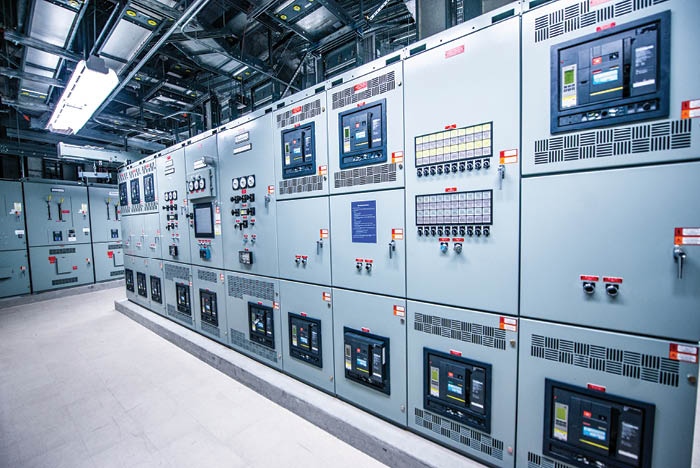NEC revisions seek common ground
The National Electrical Code® (NEC®) was established in 1897 to provide “practical safeguarding of persons and property from hazards arising from the use of electricity.” As electrical systems and their corresponding demands have evolved, so have the regulations within the NEC.
Given the widespread adoption of the NEC, changes to code requirements can have a monumental impact on facilities owners, manufacturers and everyone in between. Validated data is needed to inform stakeholders about safety levels and other considerations because the financial implications that can accompany code changes can be significant.
Fortunately, health care facilities understand the cost associated with keeping their campuses safe. They recognize that codes and standards play a big role in ensuring safety, and they understand the vulnerability of patients and their dependence on electrically powered equipment. These factors underscore the need for adequate load calculations, appropriately applied demand factors, and potential need for spare capacity.
The health care engineering community is also tasked with delivering the best, most cost-effective and energy-efficient designs. Optimizing electrical usage without compromising safety is the goal and allows for funds to be used on capital improvements, medical equipment and enhanced patient care. Data will inform decision-making.
Both the health care sector and the NEC prioritize safety. Striking a balance between safety and efficiency is paramount.
Passionate debate in this current revision cycle of the NEC is expected between the two camps on this issue. Both groups bring diverse perspectives, priorities and concerns to the table. But, nevertheless, the balanced consensus process employed during standards development and revision will prevail.
Regardless of the decisions that are made, the intent is for this data to play a role in making the right choices, balancing safety and increasing efficiencies for the mutual benefit of the electrical world.





